Curry Chronicles: Exploring the World's Most Flavorful Curries — A Tasty Tour from Thai to Tikka!
Table of Contents
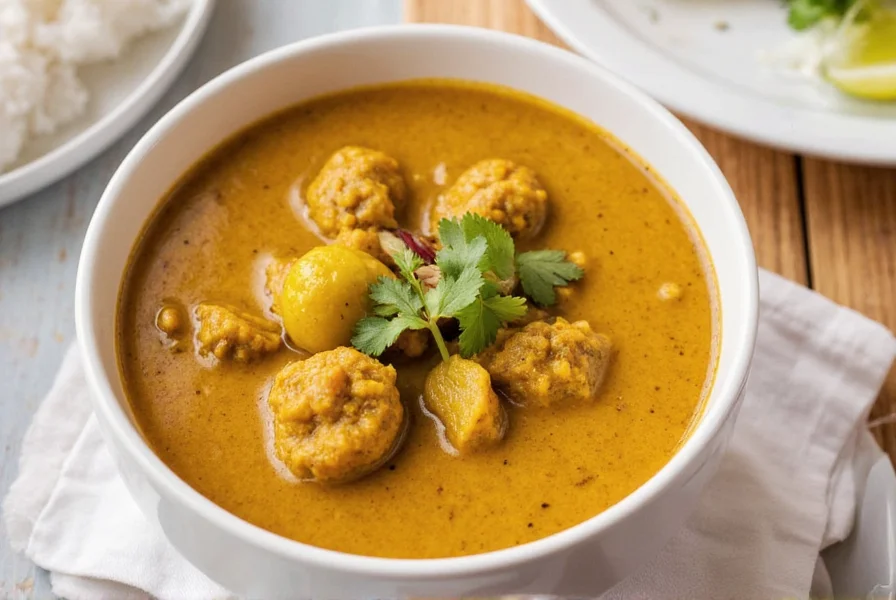
What Makes a Curry, Well... a Curry?
Curry isn't just one dish — it’s an entire universe of flavor! From creamy coconut sauces in Southeast Asia to fiery spice blends in India and Japan, curries are as diverse as the cultures that cherish them. The word "curry" itself was coined by British colonizers trying to describe spiced stews they encountered in India. But guess what? In many countries, there is no single "curry" — it's more like a cooking style, a sauce base, or even a spice mix.
In this article, we’ll take you on a globetrotting flavor adventure through different kinds of curry — their ingredients, origins, heat levels, and how to use them at home. So, whether you're a seasoned chef or a weekend warrior in the kitchen, get ready to spice things up!
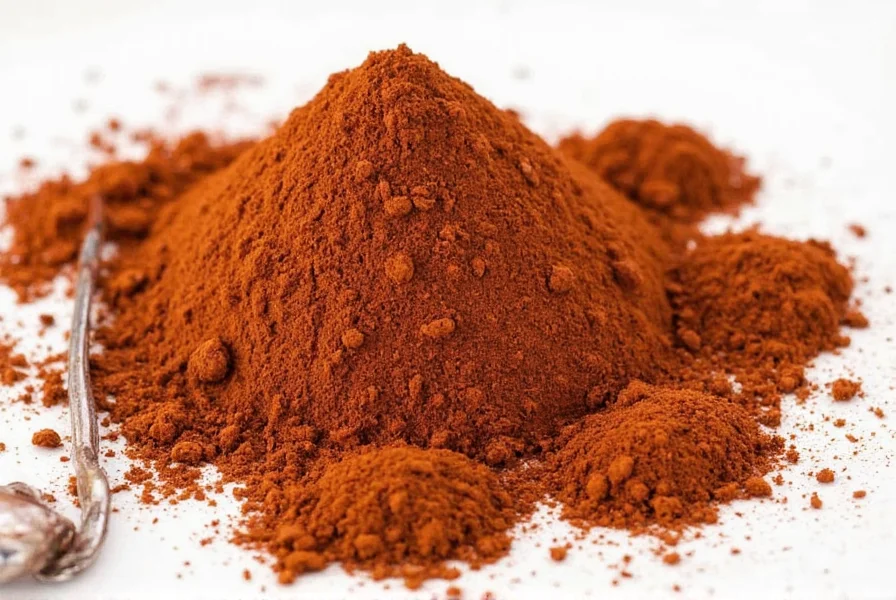
7 Global Curry Styles You Need to Know
1. Indian Butter Chicken (Makhani) Curry
Indian cuisine is often credited with giving birth to modern curry culture. Among its most iconic offerings is Butter Chicken, or Murgh Makhani. This creamy tomato-based curry uses a blend of garam masala, fenugreek, ginger, garlic, and butter to create a rich, slightly sweet flavor profile.
- Flavor Profile: Creamy, tangy, mildly spicy
- Main Ingredients: Tomatoes, butter, cream, chicken, garam masala
- Best For: Family dinners, cozy nights in
- Heat Level: Mild to moderate
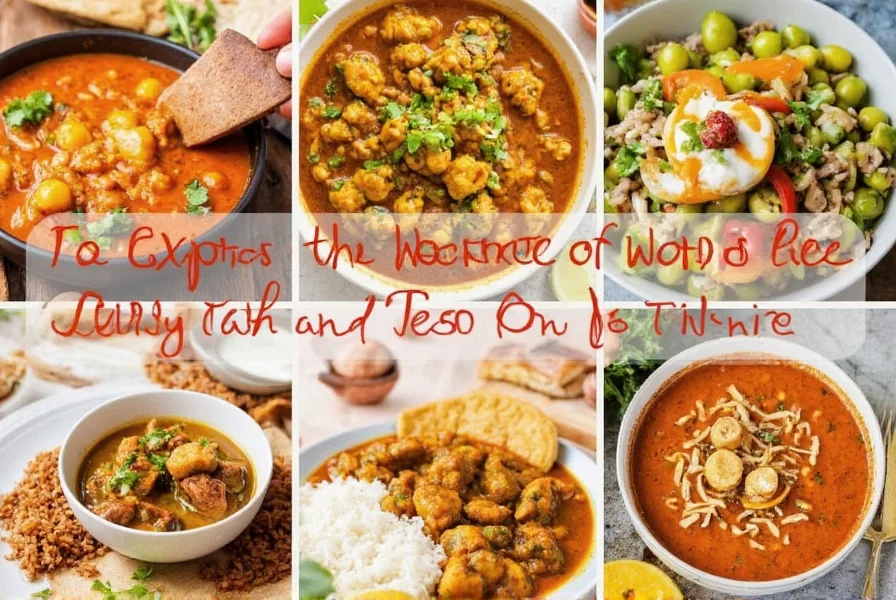
2. Japanese Kare Raisu (Japanese Curry)
If you think all curries come from South Asia, think again! Japan has its own version known as Kare Raisu or Japanese curry rice. It’s thick, savory-sweet, and typically made with beef or pork. Unlike other curries, Japanese curry uses roux blocks — much like gravy cubes — making it easy to prepare at home.
- Flavor Profile: Sweet, umami-rich, slightly earthy
- Main Ingredients: Onions, carrots, potatoes, meat, curry roux
- Best For: Weeknight comfort food, kid-friendly meals
- Heat Level: Very mild
3. Thai Green Curry
Thai green curry brings the heat and the herbaceous brightness. Made with fresh green chilies, lemongrass, kaffir lime leaves, galangal, and coconut milk, this curry is aromatic and complex. Traditionally served with fish or chicken, it's a staple in Thai street food markets.
- Flavor Profile: Spicy, herbal, citrusy
- Main Ingredients: Coconut milk, green curry paste, vegetables, protein
- Best For: Hot summer nights, bold palates
- Heat Level: Medium to hot
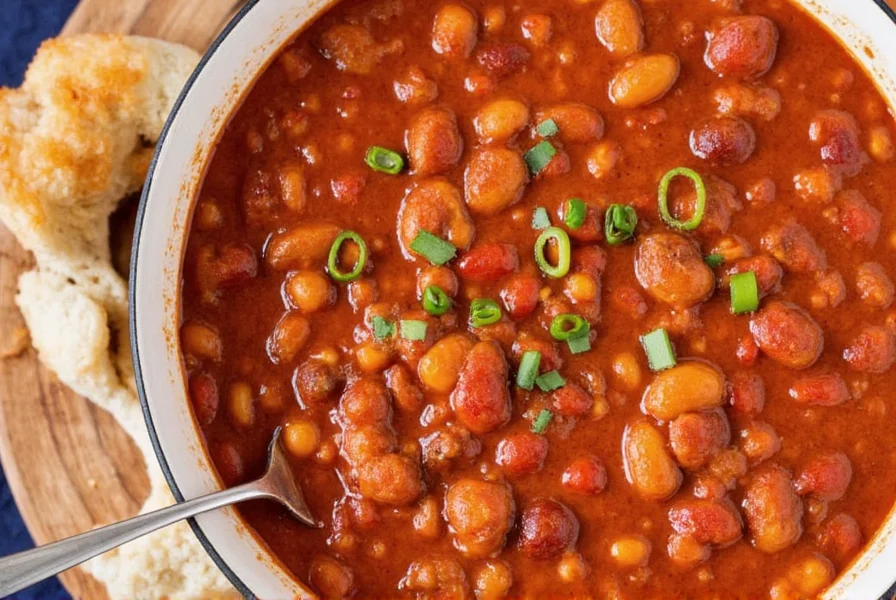
4. Massaman Curry (Thailand)
Massaman curry is a milder cousin of Thai green curry but still packed with flavor. Influenced by Muslim traders, this curry features tamarind, peanuts, potatoes, and cinnamon. It’s often referred to as “Persian-style” Thai curry.
- Flavor Profile: Sweet, nutty, slightly sour
- Main Ingredients: Tamarind, potatoes, chicken or beef, peanuts
- Best For: Dinner parties, impressing guests
- Heat Level: Low to medium
5. Jamaican Curry Goat
Caribbean cuisine adds its own twist to curry, especially in Jamaica. Known for its rich, spiced goat meat simmered in a fragrant curry sauce, this dish packs heat and warmth. Caribbean curries often use Scotch bonnet peppers, turmeric, and allspice berries for a unique kick.
- Flavor Profile: Bold, peppery, smoky
- Main Ingredients: Goat meat, scotch bonnet, thyme, onions
- Best For: Parties, barbecues, festive meals
- Heat Level: Medium to hot
6. Vindaloo (Goan, India)
Vindaloo may be Indian, but its roots lie in Portuguese cuisine — specifically, the wine-vinegar stew called *carne de vinha d'alhos*. Goans adapted it using local spices, resulting in a tangy, spicy curry with vinegar as a key ingredient. Usually made with pork, it's one of the spiciest curries around.
- Flavor Profile: Tangy, spicy, garlicky
- Main Ingredients: Vinegar, garlic, chili, pork or chicken
- Best For: Adventurous eaters, late-night cravings
- Heat Level: Hot
7. Panang Curry (Thailand)
Panang curry stands out for its nutty texture and deep red color. Made with dried red chilies, lemongrass, and roasted peanuts, it’s both rich and comforting. Often served with beef or tofu, it’s perfect for those who enjoy depth without too much heat.
- Flavor Profile: Nutty, rich, mildly spicy
- Main Ingredients: Peanut butter, dried chilies, coconut milk, meat or tofu
- Best For: Rainy days, dinner dates
- Heat Level: Medium
Curry Comparison Table
| Curry Type | Origin | Flavor Profile | Heat Level | Popular Protein |
|---|---|---|---|---|
| Butter Chicken | India | Creamy, tangy, slightly sweet | Mild to Moderate | Chicken |
| Japanese Curry | Japan | Savory-sweet, umami-rich | Very Mild | Beef, Pork |
| Thai Green Curry | Thailand | Herbaceous, spicy, citrusy | Medium to Hot | Shrimp, Chicken |
| Massaman Curry | Thailand | Sweet, nutty, tamarind tang | Low to Medium | Chicken, Beef |
| Jamaican Curry Goat | Jamaica | Peppery, smoky, bold | Medium to Hot | Goat |
| Vindaloo | India (Goa) | Tangy, garlicky, fiery | Hot | Pork, Chicken |
| Panang Curry | Thailand | Nutty, creamy, slightly spicy | Medium | Beef, Tofu |
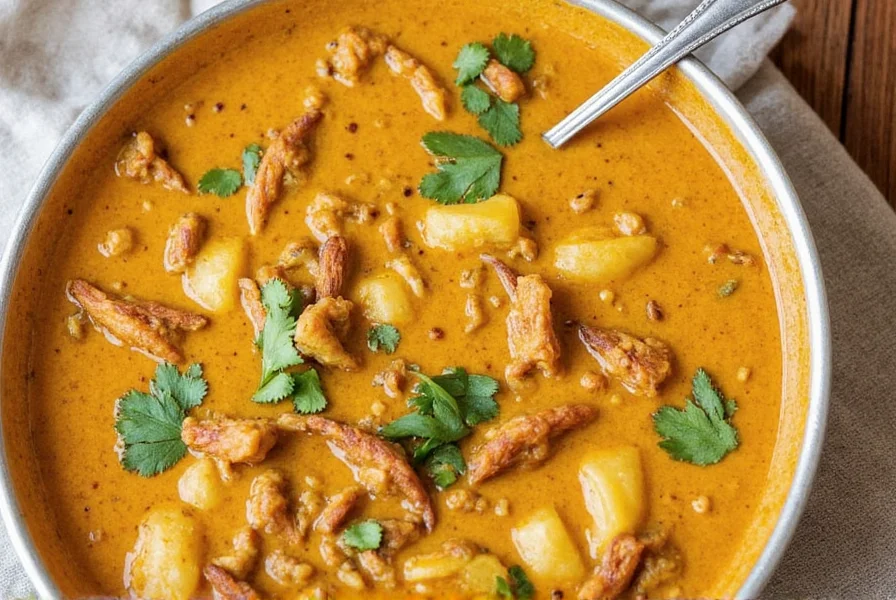
Pro Tips for Using Different Kinds of Curry
Whether you’re cooking from scratch or using pre-made pastes, here are some pro tips to enhance your curry game:
- Bloom the spices first: Toasting whole spices or frying ground spices in oil before adding liquids helps unlock their full aroma and flavor.
- Add acid at the end: A splash of lemon juice or tamarind paste can brighten up heavy, creamy curries.
- Don’t skip the garnish: Fresh herbs like cilantro or basil add a burst of freshness. Try fried shallots or crispy garlic for extra texture.
- Simmer slowly: Letting your curry sit after cooking enhances the melding of flavors — sometimes even better the next day!
- Balance heat with sweetness: If your curry gets too spicy, add a spoonful of honey or yogurt to balance it out.
- Use coconut milk wisely: Full-fat coconut milk makes curries rich and luscious. Shake the can well before opening to avoid separation.
- Layer your flavors: Start with aromatics like onions, garlic, and ginger, then build with spices, proteins, and finally liquids.
Buying Guide: How to Choose the Right Curry for Your Kitchen
If you're new to cooking with different kinds of curry, the sheer variety can feel overwhelming. Here’s how to pick the right curry products for your pantry:
1. Curry Pastes
- What They Are: Concentrated mixes of ground spices, chilies, and aromatics used in Thai and Indonesian cuisines.
- Recommended Brands: Mae Ploy, Maesri, Thai Kitchen
- Use Case: Quick curry prep — simply sauté and add liquid and protein.
- Storage: Refrigerate after opening; lasts 2–3 months.
2. Curry Powders
- What They Are: Ground spice blends commonly used in Indian and Caribbean cooking.
- Recommended Brands: MDH, Everest, Badia
- Use Case: Great for dry rubs, soups, and homemade sauces.
- Storage: Store in a cool, dark place; best within 6–12 months.
3. Ready-Made Curries
- What They Are: Pre-cooked curry sauces or meal kits available in cans or pouches.
- Recommended Brands: Patak’s, Samyang, Mama Sita
- Use Case: Ideal for busy cooks or beginners looking for convenience.
- Storage: Unopened shelf life of 1–2 years; refrigerate after opening.
4. Curry Roux Blocks
- What They Are: Solid cubes of concentrated curry sauce, popular in Japanese cooking.
- Recommended Brands: House Foods, Golden Curry, Vermont Curry
- Use Case: Perfect for quick Japanese curry rice or stewed dishes.
- Storage: Keep in a dry place; shelf-stable for 12–18 months.
5. Whole Spice Kits
- What They Are: Loose spices that allow you to customize your own curry blends.
- Recommended Brands: Frontier Co-op, Penzeys, The Spice Garden
- Use Case: Best for adventurous cooks and DIY curry enthusiasts.
- Storage: Whole spices last longer than ground; store in air-tight containers.
Conclusion: Spice Up Your Life with Global Curries
From the fiery depths of Jamaican curry goat to the comforting embrace of Japanese kare raisu, exploring different kinds of curry is like taking a culinary journey around the world. Whether you're sipping a steaming bowl on a chilly night or sharing a spicy feast with friends, curry brings people together — and makes every bite unforgettable.
So go ahead, experiment with curry pastes, powders, and roux. Mix, match, and discover your signature curry style. After all, the world is your spice rack — and it tastes amazing!

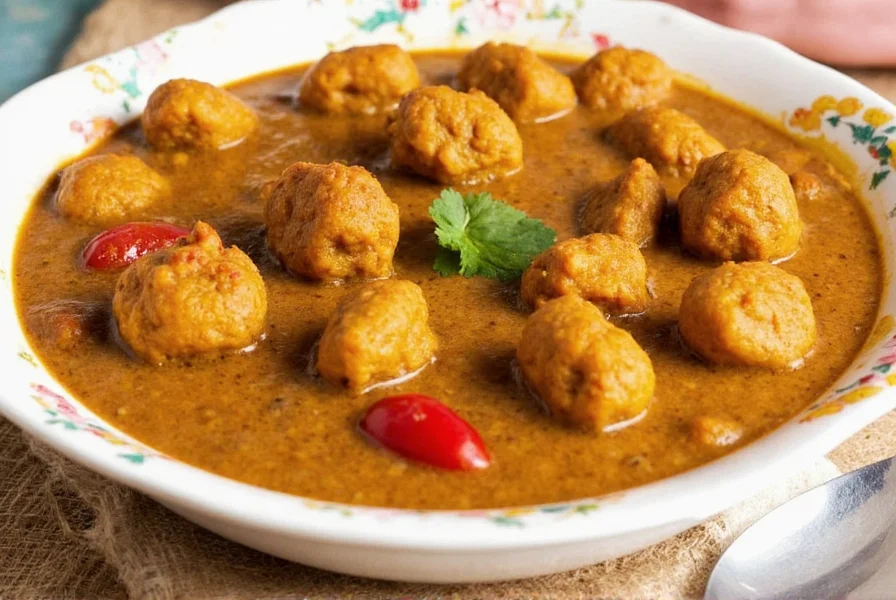









 浙公网安备
33010002000092号
浙公网安备
33010002000092号 浙B2-20120091-4
浙B2-20120091-4